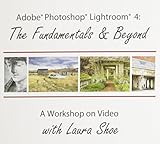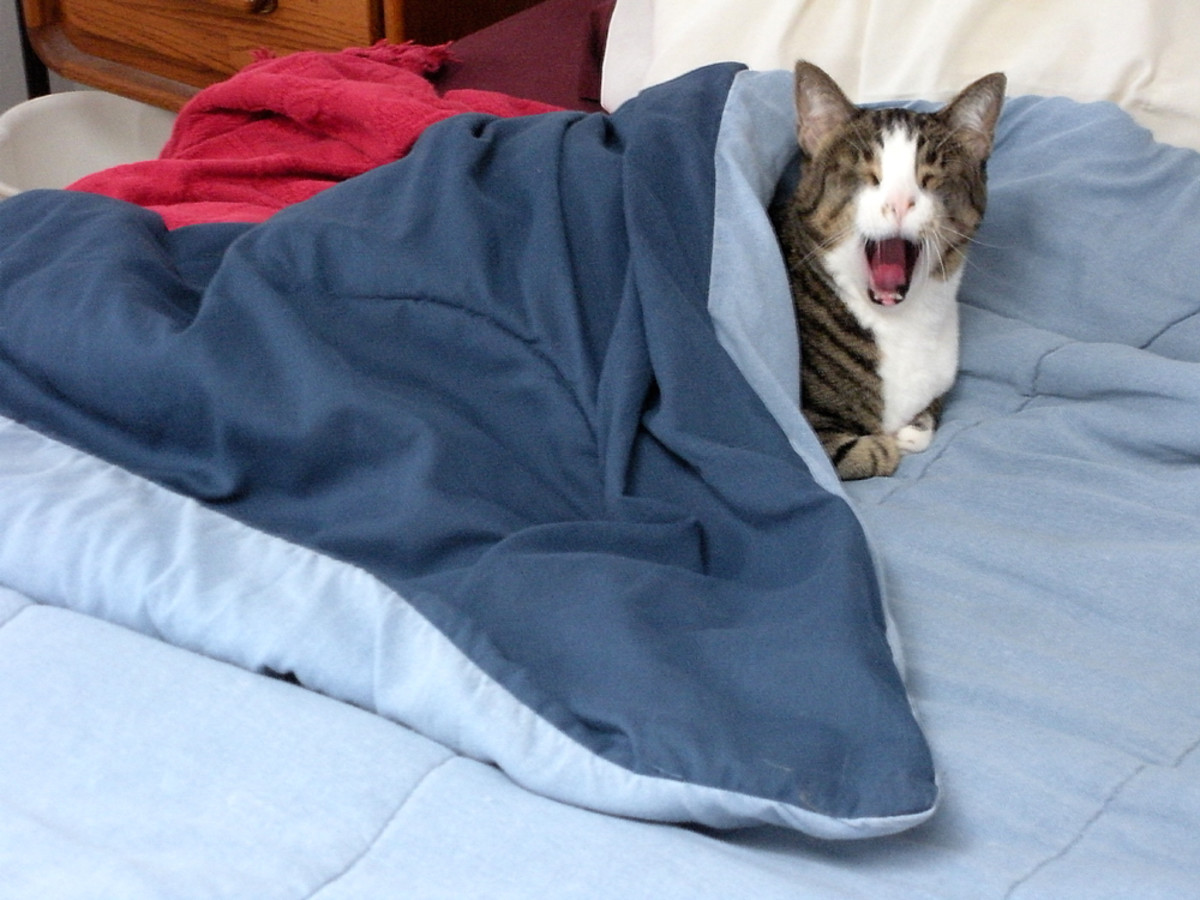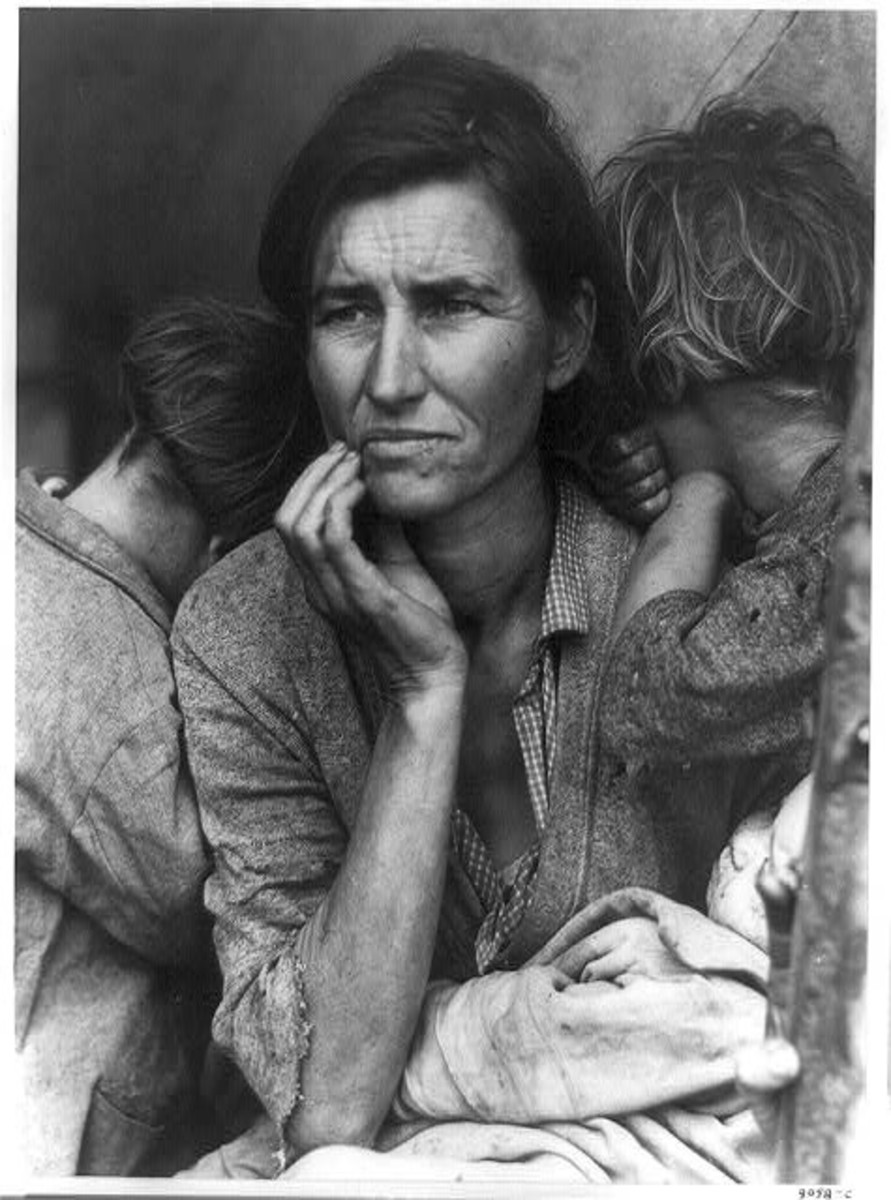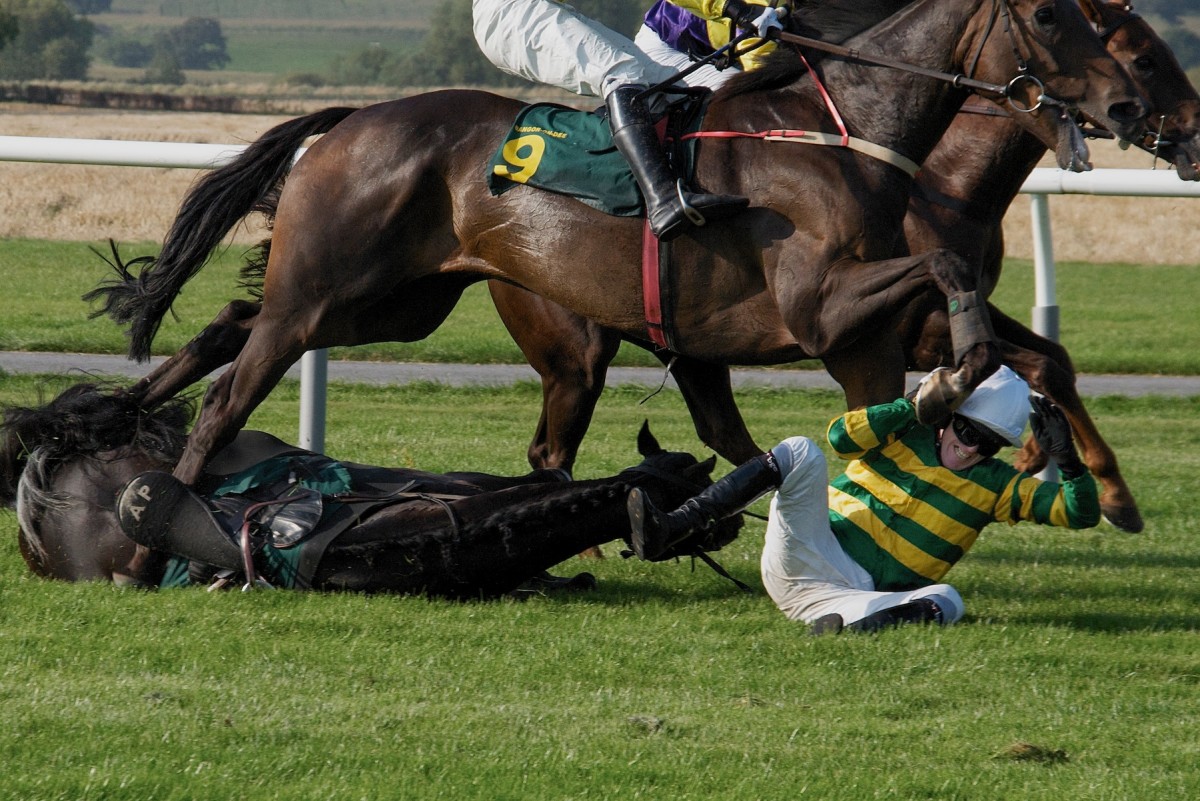Photographic Composition: Balance
Port Lighthouse
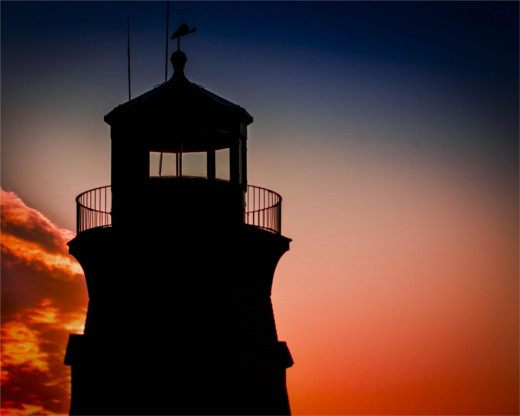
Creating and Achieving Balance in Photography
One of the most elusive but necessary rules of composition is the balance of subject and background or balance between subjects within a photo. Every truly good photograph that you take will have a sense of balance or visual weight. Everything in the photograph lends itself to the balance or imbalance of a shot. Like other rules of composition in photography balance relies on the photographer/artist’s eye in composing shots with a balanced foreground and background, or groups of people balanced throughout the shot. Even candid street photography in order to be good requires some form of balance. Balance while hard to define in terms of photography and certainly one of the hardest elements to achieve is a key component that unless your eye is trained to see you may not notice it at all.
Excellent Resource on Photography and Composition
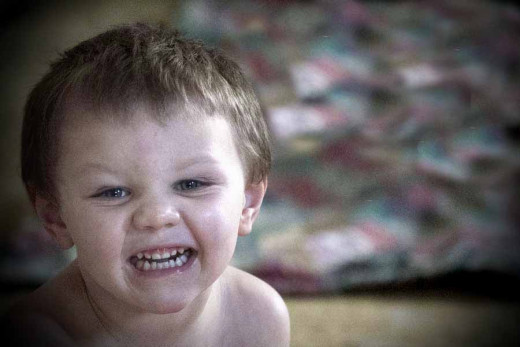
No area of a photograph overtakes the other. Certainly you eye must be lead to the important objects of the photograph. This is visual weight. Symmetry is often confused with balance but it is not the case. Unless you have the proper subject for symmetry you will ruin a photograph by simply telling your subject “You stand to the left and you stand to the right.” The symmetry of a shot like that will not provide adequate tension between the two subjects and their environment and will most likely be a very boring shot.
Portrait photographers learned early on that where there are multiple people in the shot you simply don’t line them up. You have one sitting and one standing, or one subject closer and one further. In landscape photography you will often see some foreground interest that balances or adds the right amount of visual weight to the overall shot. Remove the foreground interest and the shot becomes dull and uninteresting. Negative space can form a part of balance in a photograph. Negative space can add emphasis to an object through isolation. The object must be sized correctly (probably much smaller than the negative space) for balance within the photograph.
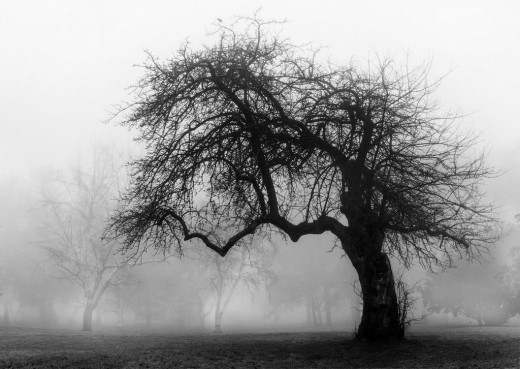
With the digital age we can work on balance by studying a subject and shooting it from many angles and distances. When out shooting consider taking numerous and varying shots of a subject and concentrate on balance in every single shot.
Your assignment to recognize good balance:
Look at a number of photos on your favorite photo sharing site I would recommend 500px or photoblur over flickr or Picasa. 500px has seemingly attracted professional calibre artists over some of the other sites.
- Try to define and articulate the balance in the photograph.
- Repeat this process over 100 times to get it down pat in your mind
- Go out and shoot scenes in a day with the sole intent of balance over any other rule of composition.
- Set the photographs aside for a few days to become more objective and grade your own work.
Write for Hub Pages!
Have you ever considered writing in your spare time? Hub Pages offers the average person the ability to start earning a real residual passive income. There is never a charge to you and signup is easy. As the number of articles you write grows so does your income. Sign up for Hub Pages here then explore the learning centre and learn more about this fabulous community of writers.
So to summarize
- Balance can be achieved through use of a foreground object in landscape photography
- People should be at different heights, their bodies not directly facing the camera
- Portraits of groups achieves better balance when people are at different heights and distances from the camera
- Large areas of negative space can balance the subject of the photograph.
- Asymmetrical objects often can better balance a photograph than perfect symmetry
Why not join me on Facebook as well.


